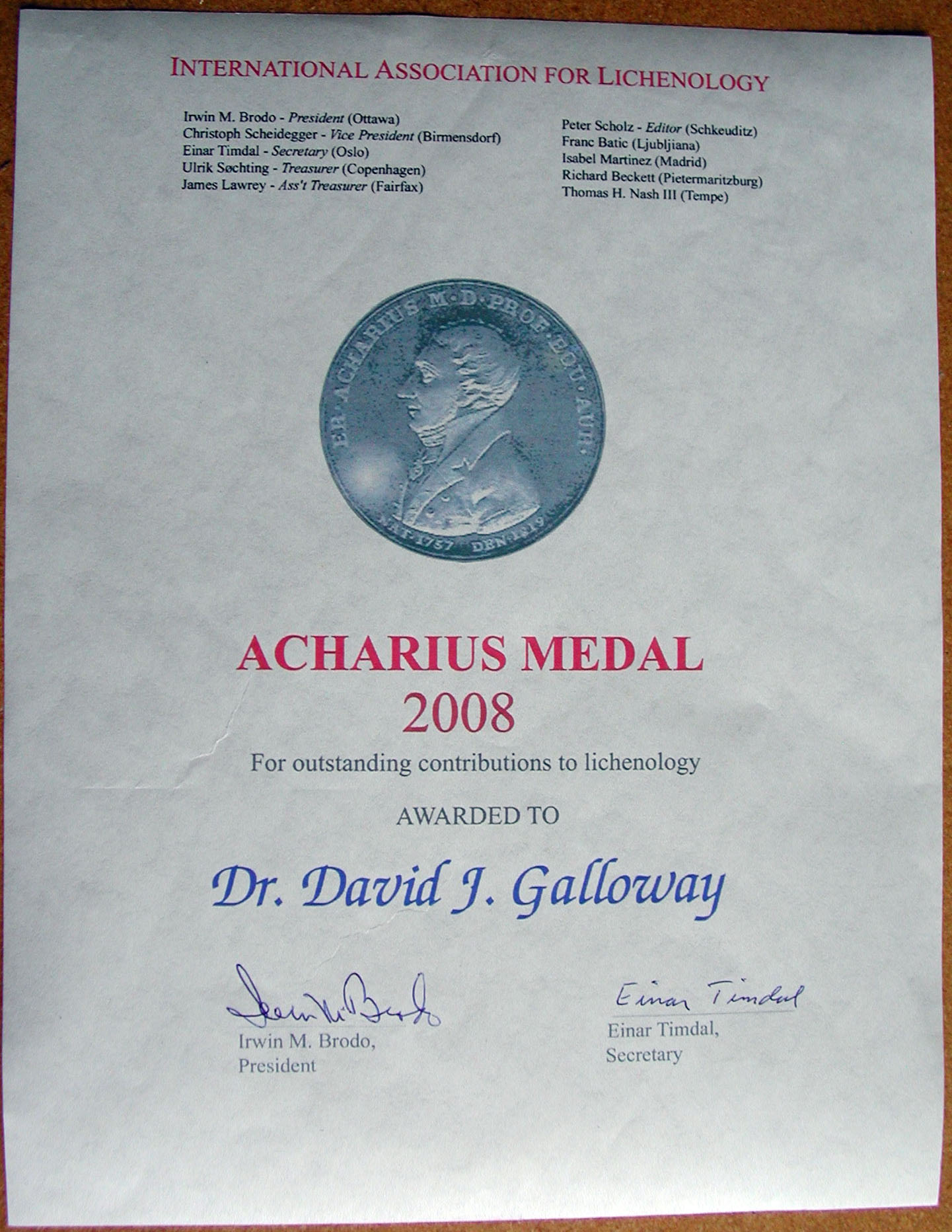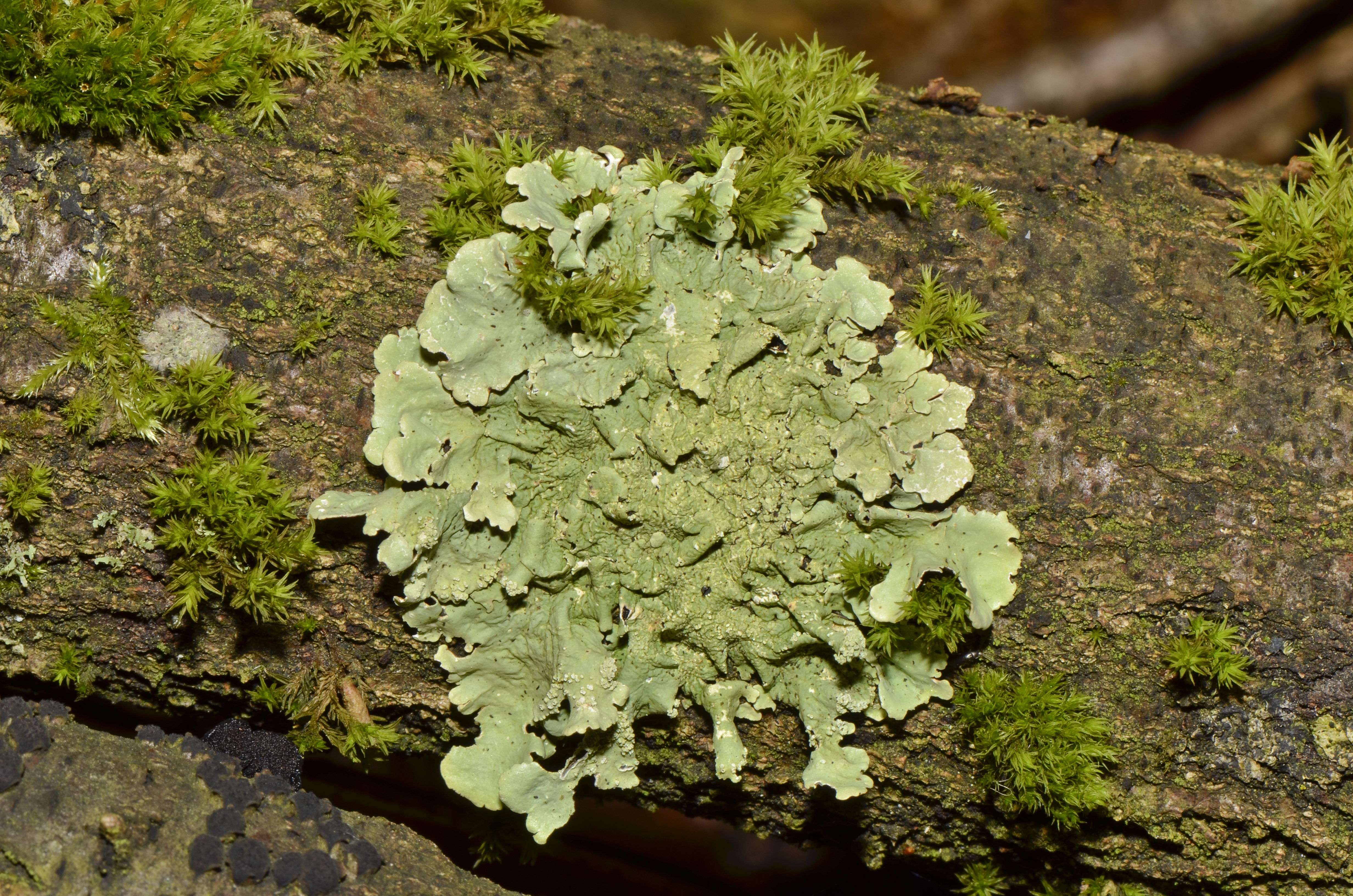|
Yarrumia Colensoi
''Yarrumia'' is a genus of lichen-forming fungi in the subfamily Lobarioideae of the family Peltigeraceae. It has two foliose species that are found in New Zealand. Lichen products that have been detected in the genus include polyporic acid, pigments and stictane triterpenoids. The genus was circumscribed in 2015 by David John Galloway David John Galloway , FRSNZ (7 May 1942 – 6 December 2014) was a biochemist, botanist, and lichenologist. Biography Galloway grew up in Invercargill. After graduation from Southland Boys' High School, he studied at the University of Otago. As .... The generic name ''Yarrumia'' honours James Murray (1923–1961) "who first detected polyporic acid in the two species comprising the genus, and who contributed so much to New Zealand lichenology, subsequent to his initial interest in the chemistry of ''Yarrumia coronata'' dating from 1949". Species *'' Yarrumia colensoi'' *'' Yarrumia coronata'' References Peltigeraceae Peltigerales ... [...More Info...] [...Related Items...] OR: [Wikipedia] [Google] [Baidu] |
Aoraki / Mount Cook
Aoraki / Mount Cook is the highest mountain in New Zealand. Its height, as of 2014, is listed as . It sits in the Southern Alps, the mountain range that runs the length of the South Island. A popular tourist destination, it is also a favourite challenge for mountain climbers. Aoraki / Mount Cook consists of three summits: from south to north, the Low Peak (), the Middle Peak () and the High Peak. The summits lie slightly south and east of the main divide of the Southern Alps / Kā Tiritiri o te Moana, with the Tasman Glacier to the east and the Hooker Glacier to the southwest. Location The mountain is in the Aoraki / Mount Cook National Park, in the Canterbury Region. The park was established in 1953 and along with Westland National Park, Mount Aspiring National Park and Fiordland National Park forms one of the UNESCO World Heritage Sites. The park contains more than 140 peaks standing over and 72 named glaciers, which cover 40 percent of its . The peak is located at the n ... [...More Info...] [...Related Items...] OR: [Wikipedia] [Google] [Baidu] |
Polyporic Acid
Polyporic acid is a para-terphenyl benzoquinone compound first identified by German chemist Stahlschmidt from a mycelial culture of the fungus species ''Hapalopilus nidulans'' in 1877. This chemical, present at 20–40% of the fresh weight of the fruit bodies, inhibits the enzyme dihydroorotate dehydrogenase. It is found in other mushrooms, but in much lower amounts. In animal studies, consumption of polyporic acid caused reduced locomotor activity, depressed visual placing response, hepatorenal failure, metabolic acidosis, hypokalaemia, and hypocalcaemia. Because these effects are similar to those observed in individuals poisoned by ''H. nidulans'', polyporic acid is thought to be the primary toxin in ''H. nidulans''. Polyporic acid has some antifungal and antibacterial An antibiotic is a type of antimicrobial substance active against bacteria. It is the most important type of antibacterial agent for fighting bacterial infections, and antibiotic medications are widely use ... [...More Info...] [...Related Items...] OR: [Wikipedia] [Google] [Baidu] |
Lichen Genera
A lichen ( , ) is a composite organism that arises from algae or cyanobacteria living among filaments of multiple fungi species in a mutualistic relationship.Introduction to Lichens – An Alliance between Kingdoms . University of California Museum of Paleontology. Lichens have properties different from those of their component organisms. They come in many colors, sizes, and forms and are sometimes plant-like, but are not s. They may have tiny, leafless branches (); flat leaf-like structures ( |
Peltigerales Genera
Peltigerales is an order (biology), order of lichen-forming fungus, fungi belonging to the class (taxonomy), class Lecanoromycetes in the division (mycology), division Ascomycota. The taxonomy of the group has seen numerous changes; it was formerly often treated as a suborder of the order Lecanorales. It contains two suborders, eight family (biology), families and about 45 genus, genera such as ''Lobaria'' and ''Peltigera''. The fungi form lichens in a symbiosis, symbiotic relationship with one or two photosynthesis, photosynthetic partners which may be a cyanobacterium such as ''Nostoc'' or a green alga such as ''Coccomyxa''. The majority of species contain just a cyanobacterium, a smaller number have both a cyanobacterium and a green alga while only a few species have just a green alga. The thallus of the lichen may be foliose (leafy), subfruticose (somewhat shrubby) or granular-squamulose (scaly). The thallus attaches to a surface by means of small root-like rhizines. In some s ... [...More Info...] [...Related Items...] OR: [Wikipedia] [Google] [Baidu] |
James Murray (lichenologist)
James Murray (1923–1961) was an organic chemist at the University of Otago. He was the first twentieth-century lichenologist in New Zealand. Career James Murray worked at the University of Otago in Dunedin as a senior lecturer in chemistry. Murray began research with lichens in the 1950s, applying his knowledge and skills in plant secondary compounds as well as morphology. This was the first systematic work on the lichens of New Zealand since the 1890s. He revised the New Zealand lichens within the Coniocarpineae, Peltigeraceae, Teloschistaceae among others, as well as lichens from the Antarctic and Subantarctic regions. He spent 1959 on sabbatical working with the chemist Derek Barton at Imperial College, University of London. During this visit Murray also met with Peter James, a lichen specialist at the Natural History Museum, London. There were extensive nineteenth-century specimens of New Zealand lichens at both this museum and at Royal Botanic Gardens, Kew. Murray was a ... [...More Info...] [...Related Items...] OR: [Wikipedia] [Google] [Baidu] |
David John Galloway
David John Galloway , FRSNZ (7 May 1942 – 6 December 2014) was a biochemist, botanist, and lichenologist. Biography Galloway grew up in Invercargill. After graduation from Southland Boys' High School, he studied at the University of Otago. As an undergraduate he assisted James Murray (lichenologist), James Murray, the first New Zealand lichenologist of the twentieth century, and this experience influenced the direction of his scientific career. There he graduated in 1963 with B.Sc., in 1965 with M.Sc., and in 1972 with Ph.D. — all three degrees in biochemistry. At the University of Otago, he was from 1963 to 1965 a fellow and tutor at Knox College, Otago, Knox College and from 1965 to 1968 an assistant lecturer in biochemistry. He became in 1969 a scientific officer in the Applied Biochemistry Division of Department of Scientific and Industrial Research (New Zealand), New Zealand's Department of Scientific and Industrial Research (DSIR) in Palmerston North. He transferred in ... [...More Info...] [...Related Items...] OR: [Wikipedia] [Google] [Baidu] |
Circumscription (taxonomy)
In biological taxonomy, circumscription is the content of a taxon, that is, the delimitation of which subordinate taxa are parts of that taxon. If we determine that species X, Y, and Z belong in Genus A, and species T, U, V, and W belong in Genus B, those are our circumscriptions of those two genera. Another systematist might determine that T, U, V, W, X, Y, and Z all belong in genus A. Agreement on circumscriptions is not governed by the Codes of Zoological or Botanical Nomenclature, and must be reached by scientific consensus. A goal of biological taxonomy is to achieve a stable circumscription for every taxon. This goal conflicts, at times, with the goal of achieving a natural classification that reflects the evolutionary history of divergence of groups of organisms. Balancing these two goals is a work in progress, and the circumscriptions of many taxa that had been regarded as stable for decades are in upheaval in the light of rapid developments in molecular phylogenetics ... [...More Info...] [...Related Items...] OR: [Wikipedia] [Google] [Baidu] |
Triterpenoid
Triterpenes are a class of chemical compounds composed of three terpene units with the molecular formula C30H48; they may also be thought of as consisting of six isoprene units. Animals, plants and fungi all produce triterpenes, including squalene, the precursor to all steroids. Structures Triterpenes exist in a great variety of structures. Nearly 200 different skeletons have been identified. These skeletons may be broadly divided according to the number of rings present. In general pentacyclic structures (5 rings) tend to dominate. Squalene is biosynthesized through the head-to-head condensation of two farnesyl pyrophosphate units. This coupling converts a pair of C15 components into a C30 product. Squalene serves as precursor for the formation of many triterpenoids, including bacterial hopanoids and eukaryotic sterols. Triterpenoids By definition triterpenoids are triterpenes that possess heteroatoms, usually oxygen. The terms ''triterpene'' and ''triterpenoid'' ofte ... [...More Info...] [...Related Items...] OR: [Wikipedia] [Google] [Baidu] |
Biological Pigment
Biological pigments, also known simply as pigments or biochromes, are substances produced by living organisms that have a color resulting from selective color absorption. Biological pigments include plant pigments and flower pigments. Many biological structures, such as skin, eyes, feathers, fur and hair contain pigments such as melanin in specialized cells called chromatophores. In some species, pigments accrue over very long periods during an individual's lifespan. Pigment color differs from structural color in that it is the same for all viewing angles, whereas structural color is the result of selective reflection or iridescence, usually because of multilayer structures. For example, butterfly wings typically contain structural color, although many butterflies have cells that contain pigment as well. Biological pigments See conjugated systems for electron bond chemistry that causes these molecules to have pigment. * Heme/porphyrin-based: chlorophyll, bilirubin, hemocy ... [...More Info...] [...Related Items...] OR: [Wikipedia] [Google] [Baidu] |
Lichen Product
Lichen products, also known as lichen substances, are organic compounds produced by a lichen. Specifically, they are secondary metabolites. Lichen products are represented in several different chemical classes, including terpenoids, orcinol derivatives, chromones, xanthones, depsides, and depsidones. Over 800 lichen products of known chemical structure have been reported in the scientific literature, and most of these compound are exclusively found in lichens. Examples of lichen products include usnic acid (a dibenzofuran), atranorin (a depside), lichexanthone (a xanthone), salazinic acid (a depsidone), and isolichenan, an α-glucan. Many lichen products have biological activity, and research into these effects is ongoing. Lichen products accumulate on the outer walls of the fungal hyphae, and are quite stable. Crystal deposits can be visualised using scanning electron microscopy. For this reason, even very old herbarium specimens can be analysed. The amount of lichen products i ... [...More Info...] [...Related Items...] OR: [Wikipedia] [Google] [Baidu] |
Foliose Lichen
Foliose lichen is one of the morphological classes of lichens, which are complex organisms that arise from the symbiotic relationship between fungi and a photosynthetic partner, typically algae. This partnership allows lichen to live in diverse climates that can range from cold, dry mountains to wet, warm valleys. Lichens develop quite slowly with recorded growth rates of 0.01–27mm/year depending on the species. Their lifespan averages between 30 and 60 years. Lichens have a main body part called the thallus, which is composed of hyphae, and houses the cortex and medulla. The cortex contains the photosynthetic cells while the medulla allows for gas exchange and makes up the bulk of the lichen's thallus. There are three main types of lichens: crustose, foliose, and fruticose. Foliose lichen are characterised by flattened leafy thalli, and an upper and lower cortex. Many have numerous layers, which are stratified, and aid in identifying different types. Foliose lichens attach to ... [...More Info...] [...Related Items...] OR: [Wikipedia] [Google] [Baidu] |




